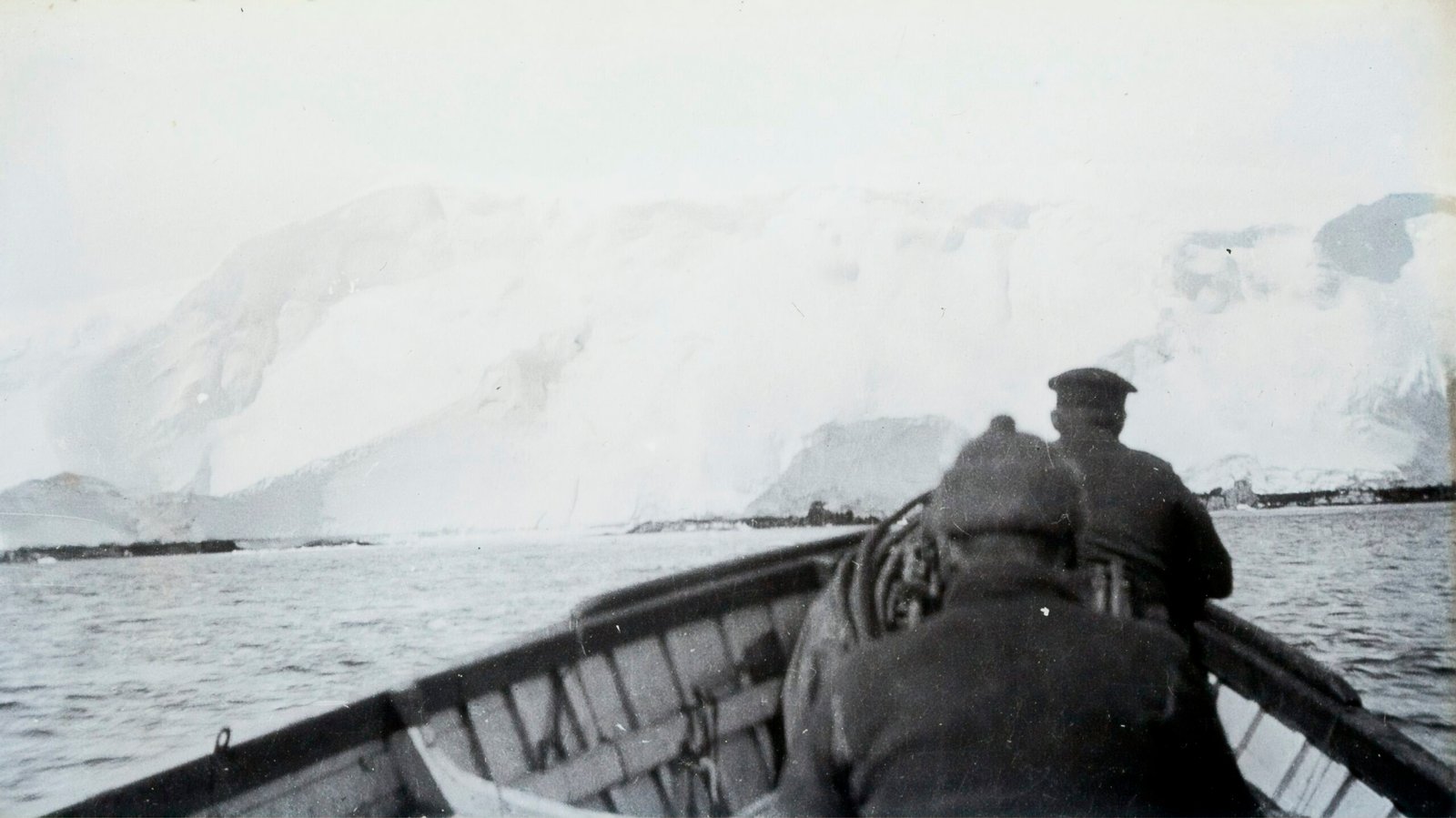Immerse yourself in the rich history and stunning architecture of Pretoria as you embark on a journey through its historical homes. From the elegant Victorian mansions to the charming Cape Dutch style houses, each dwelling tells a unique story of the city’s past. Wander through the grand hallways, admire the intricate details, and imagine the lives once lived within these walls. Get ready to step back in time and uncover the hidden gems that make Pretoria’s historical homes a fascinating destination to explore.
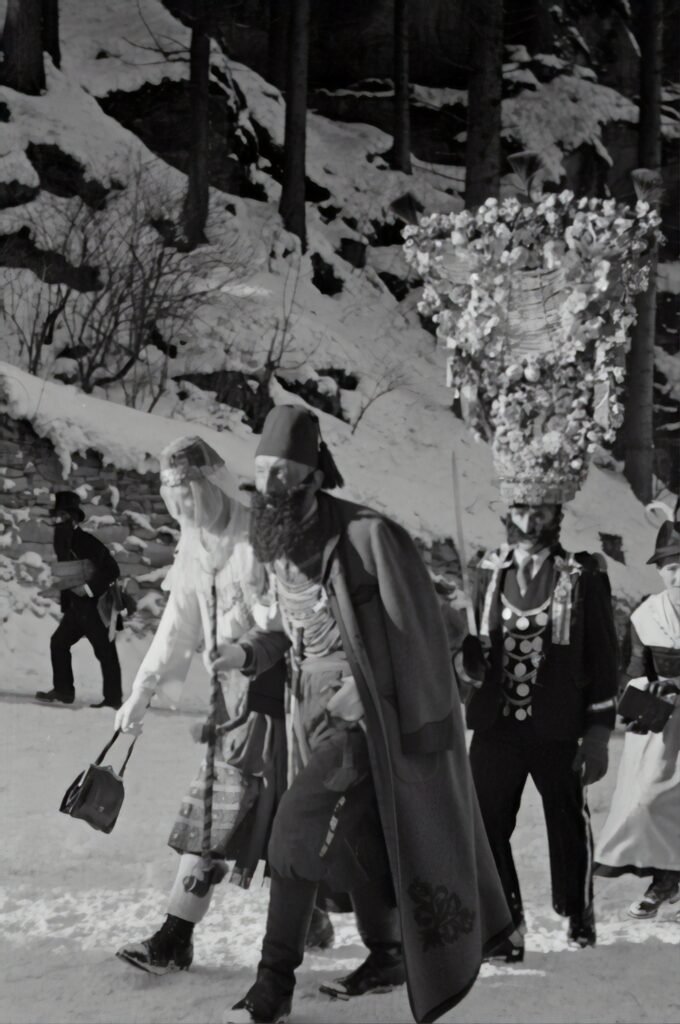
Background of Pretoria
Geographic Location and Accessibility
Pretoria, the administrative capital of South Africa, is located in the northeastern part of the country. Situated in the Gauteng province, it is conveniently accessible from major cities such as Johannesburg and Durban, making it a popular destination for tourists and locals alike. The city is nestled in a picturesque valley surrounded by the magnificent Magaliesberg Mountains, offering stunning views and a tranquil atmosphere.
Brief History and Development
Pretoria has a rich and vibrant history that spans over centuries. It was originally founded in 1855 by Marthinus Wessel Pretorius, after whom the city was named. Initially, it served as the capital of the Zuid-Afrikaansche Republiek (ZAR), also known as the South African Republic, and later became the capital of the Transvaal province during the British rule.
Over the years, Pretoria has undergone significant development, transforming from a small town into a bustling city. The city’s development was primarily driven by the discovery of gold in Johannesburg, which led to an influx of people seeking fortune and opportunities. Today, Pretoria is a thriving metropolis that combines its historical charm with modern amenities.
Cultural Significance and Heritage
Pretoria is steeped in cultural significance and pride, boasting a diverse population that contributes to its unique cultural fabric. The city is home to numerous historical sites, including majestic monuments, museums, and, of course, historical homes. These historical homes serve as a testament to the city’s rich heritage and offer visitors a glimpse into the past.
Preservation of Historical Homes in Pretoria
The Role of Government and Local Authorities
Preserving the historical homes in Pretoria is of utmost importance to the government and local authorities. Recognizing the cultural and historical value of these homes, they have implemented various measures to ensure their protection and conservation. This includes enacting legislation to safeguard heritage sites and appointing dedicated organizations responsible for their preservation.
Government funding and grants are allocated for the maintenance and restoration of historical homes, ensuring that their architectural beauty and historical significance are preserved for future generations to appreciate.
Conservation and Restoration Efforts
Conserving and restoring historical homes in Pretoria is a meticulous and ongoing process. This is done by employing skilled conservationists, architects, and craftsmen who are well-versed in historical restoration techniques. These professionals work tirelessly to maintain the original structure, materials, and architectural integrity of these homes.
From repairing crumbling facades to restoring intricate woodwork, great care is taken to ensure that the historical homes are restored to their former glory. This meticulous attention to detail ensures that the homes retain their authenticity, allowing visitors to truly experience the history they hold.
Recognition of Historical Homes as National Monuments
In recognition of their historical and cultural significance, several historical homes in Pretoria have been designated as national monuments. This prestigious status grants them legal protection and signifies their importance in preserving South Africa’s heritage.
These national monuments are not only treasured for their architectural beauty but also for the stories they hold. Each home has its own unique narrative, representing different eras and individuals who have shaped Pretoria’s history. The recognition of these homes as national monuments ensures that they are safeguarded for future generations to explore and learn from.

The Architecture of Pretoria Historical Homes
Influence of Dutch and British Architecture
The architecture of Pretoria’s historical homes reflects the city’s diverse colonial history. From Dutch settlers to British rule, these European influences are evident in the various architectural styles found throughout the city.
The Dutch Cape Dutch style is characterized by its whitewashed walls and thatched roofs, while the British Victorian era brought with it elegant, ornate designs. These architectural influences can be seen in the intricate gables, sash windows, and decorative elements that adorn Pretoria’s historical homes.
Unique Architectural Features and Styles
Pretoria’s historical homes boast a range of unique architectural features and styles, each with its own distinct charm. From the grand Victorian mansions with their wraparound verandas to the quaint Cape Dutch cottages, these homes showcase the diversity of architectural styles that have shaped the city.
Elaborate wrought-iron balconies, stained glass windows, and intricate woodwork are just a few of the architectural details that make these homes truly remarkable. The attention to detail and craftsmanship that went into their construction is a testament to the skill of the architects and builders of the time.
Evolution and Changes in Architecture over Time
As the city of Pretoria grew and developed, so did its architectural landscape. Over time, the architectural styles of the historical homes began to evolve, reflecting changing trends and influences. From the simplicity of the early Dutch Cape Dutch style to the grandeur of the Victorian and Edwardian eras, each architectural period tells its own story.
While some homes have retained their original architectural style, others have undergone renovations and adaptive reuse, blending the old with the new. This evolution in architecture allows visitors to witness the city’s transformation through its historical homes, making each visit a journey through time.
Melrose House
Historical Significance of Melrose House
Melrose House holds immense historical significance in the narrative of Pretoria. Built in 1886, it served as the residence of George Jesse Heys, a prosperous Pretoria businessman. The house gained prominence during the Second Boer War (1899-1902) when it was used as a headquarters by Lord Roberts, the British military commander.
Melrose House witnessed the signing of the Peace of Vereeniging in 1902, marking the end of the war. This event played a pivotal role in shaping South African history and the subsequent development of Pretoria as the administrative capital.
Architectural Highlights of Melrose House
Melrose House showcases a beautiful blend of architectural styles, combining elements of the Victorian and Edwardian eras. The house boasts a striking red brick façade, complemented by ornate wrought-iron balconies and verandas. Inside, visitors can admire the exquisite stained glass windows, intricately carved woodwork, and high ceilings adorned with detailed plasterwork.
The house has been meticulously restored to its original grandeur, providing an authentic glimpse into the opulence and elegance of the time. The restoration efforts have ensured that each room reflects the period-specific décor and furnishings, allowing visitors to step back in time and immerse themselves in the historical ambiance.
Current Role and Accessibility
Today, Melrose House serves as a museum dedicated to preserving its rich history and heritage. Visitors can explore the house, guided by knowledgeable staff who offer a wealth of information about its significance and the events it witnessed.
Melrose House is easily accessible to the public, welcoming visitors of all ages to delve into its historical past. Educational programs, guided tours, and informative exhibitions are offered, making it an ideal destination for history enthusiasts, tourists, and local residents alike.
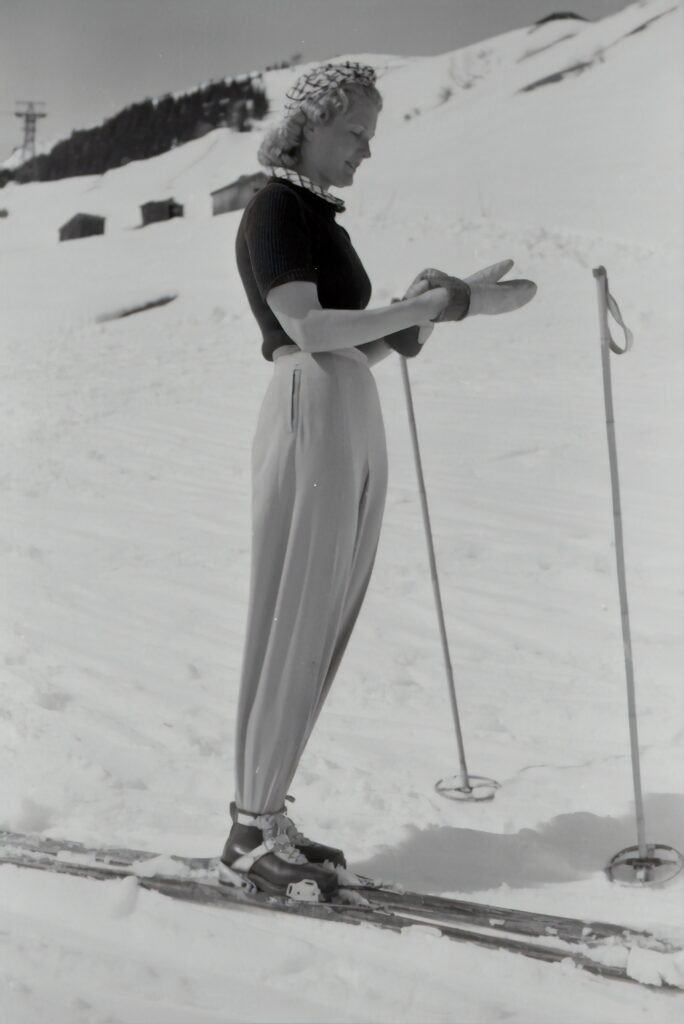
Kruger House
History and Significance of Kruger House
Kruger House holds a significant place in South African history as the former residence of Paul Kruger, the President of the South African Republic. Built in 1884, the house became a symbol of resistance during the Boer War, serving as a refuge for Kruger and his family.
Paul Kruger played a vital role in the fight against British colonization, and his house became a key location for planning strategies and meetings. Today, Kruger House stands as a testament to the spirit of resilience and determination displayed by the people of South Africa during this tumultuous period.
Architectural Details of Kruger House
Kruger House reflects the architectural style of its time, blending Victorian and eclectic influences. The house features a distinctive red brick façade with decorative white plasterwork, ornate gables, and a striking double-story veranda. Inside, visitors can explore the various rooms, each meticulously restored to reflect the period-specific style.
The house showcases a unique blend of functional and ornamental elements. From the beautiful stained glass windows that bathe the interior in a warm glow to the intricately carved wooden fittings, Kruger House is a feast for the eyes and a testament to the craftsmanship of its time.
Present-Day Significance and Functions
Kruger House has been transformed into a museum that celebrates the life and legacy of Paul Kruger. The museum offers visitors an immersive experience, providing insights into his role as a leader and the events that shaped South Africa’s history.
Visitors can explore the house, guided by knowledgeable curators who showcase the artifacts, personal belongings, and historical displays that contribute to the rich narrative of Kruger’s life. Kruger House remains an important cultural and historical site and attracts visitors from around the world who seek to gain a deeper understanding of South Africa’s past.
Pretoria Boys High School Residence
Historical Background of Pretoria Boys High School Residence
The Pretoria Boys High School Residence is an integral part of Pretoria’s history and heritage. The residence, built in 1909, served as the official residence of the Headmaster of Pretoria Boys High School, a prestigious educational institution in the city.
Over the years, the residence witnessed the growth and evolution of the school, becoming an iconic landmark that represents the commitment to education and the pursuit of excellence.
Architectural Features
The Pretoria Boys High School Residence is a fine example of Edwardian architecture, characterized by its elegant simplicity and attention to detail. The house features a classic red brick exterior, complemented by a striking white façade, ornate gables, and a welcoming veranda.
Inside, the residence exudes a warm and inviting atmosphere, with spacious rooms, high ceilings, and beautiful woodwork. The architectural features are a testament to the craftsmanship of the time and add to the overall charm and character of the residence.
Importance in Present Day Pretoria
Today, the Pretoria Boys High School Residence continues to serve as a private residence, maintaining its historical significance while adapting to the needs of the present day. The residence stands as a reminder of the enduring commitment to education and the pride the school takes in its rich heritage.
While not open to the public, the Pretoria Boys High School Residence remains an important cultural landmark and contributes to the overall historical fabric of Pretoria. Its presence serves as a testament to the city’s commitment to preserving its heritage and passing on its rich history to future generations.
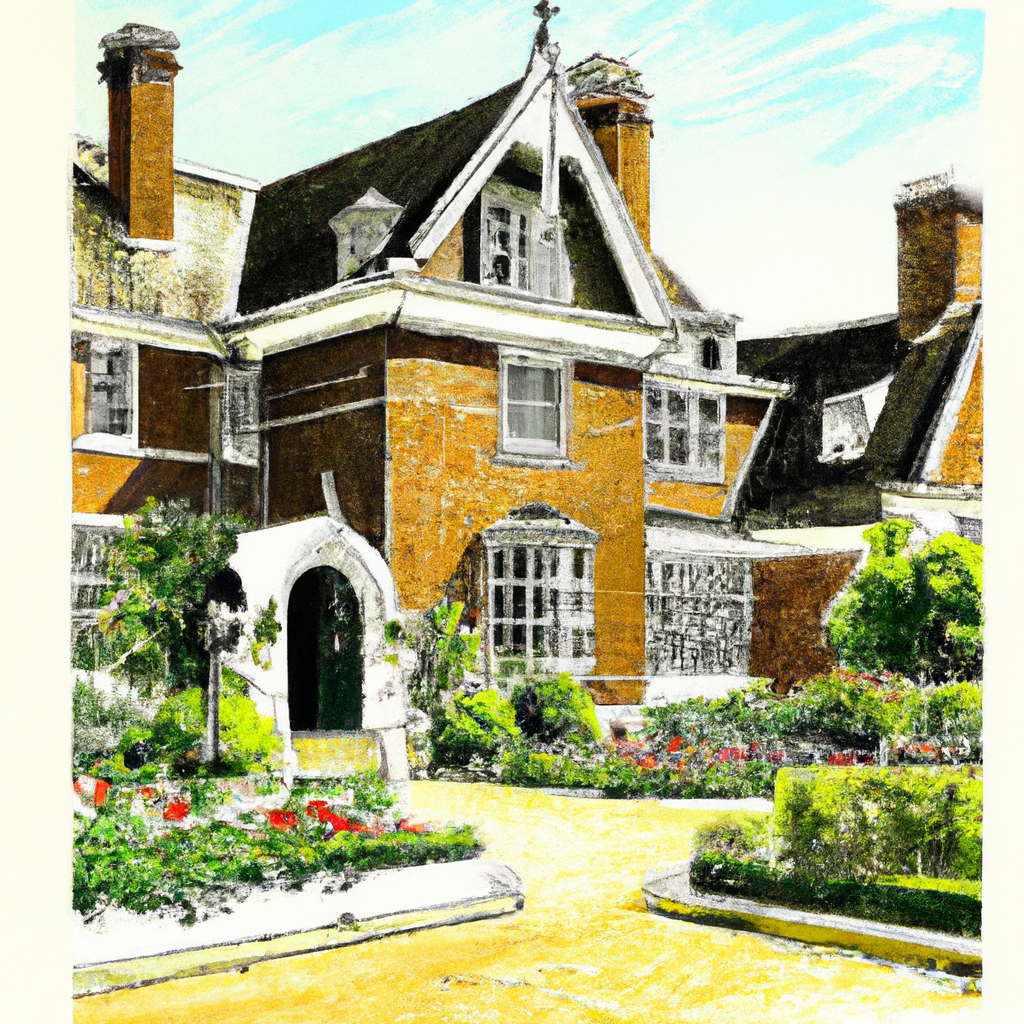
Transvaal Museum Building
Historical Importance of the Transvaal Museum Building
The Transvaal Museum Building, now known as the Ditsong National Museum of Natural History, has played a significant role in Pretoria’s history. Built in 1892, the building served as the original home of the Transvaal Museum, which was established to showcase the natural history and cultural heritage of the region.
The museum building stands as a testament to the city’s commitment to education, scientific exploration, and the preservation of natural and cultural treasures.
Significant Architectural Elements
The Transvaal Museum Building is a stunning example of Victorian-era architecture, featuring a grand sandstone façade, decorative moldings, and ornate archways. The building’s impressive entrance, with its towering pillars and intricate detailing, commands attention and sets the stage for the wonders that lie within.
Inside, visitors can explore the various exhibition halls and galleries, each uniquely designed to showcase the museum’s vast collection. The architecture and design of the building serve as a backdrop to the diverse array of specimens and artifacts, enhancing the visitor’s experience and creating a sense of awe.
Current Role and Accessibility
Today, the Transvaal Museum Building houses the Ditsong National Museum of Natural History, inviting visitors to embark on a journey through the natural wonders of South Africa and beyond. The museum offers a range of interactive displays, exhibits, and educational programs that cater to all ages.
Accessible to the public, the museum building stands as a testament to Pretoria’s commitment to preserving its natural and cultural heritage. Through its engaging exhibits and educational initiatives, the Ditsong National Museum of Natural History ensures that the building continues to be a source of knowledge and inspiration for generations to come.
Union Buildings
Historical Relevance and Purpose of the Union Buildings
The Union Buildings hold great historical relevance as they served as the administrative headquarters of the Union of South Africa. The construction of these majestic buildings began in 1909 and was completed in 1913, marking the birth of a united South Africa under British rule.
Designed by Sir Herbert Baker, the Union Buildings symbolize the unity and diversity of the country. It was here that the inauguration of the first democratically elected President of South Africa, Nelson Mandela, took place in 1994, making it an integral part of the country’s democratic history.
Description of Architectural Style and Features
The Union Buildings are iconic landmarks that showcase the neoclassical architectural style popular during the early 20th century. The buildings feature a distinctive sandstone exterior, intricate detailing, and impressive colonnades that stretch across the expansive grounds.
The design incorporates elements of Roman, Greek, and British architectural influences, resulting in a harmonious blend of grandeur and elegance. The sprawling gardens and graceful statues further enhance the architectural beauty of the Union Buildings, creating a visually striking and historically significant site.
Present-Day Functions and Accessibility
Today, the Union Buildings continue to serve as the seat of the South African government and house the offices of the President and other government departments. While some areas are restricted for official use, the gardens and certain sections of the buildings are open to the public.
Visitors can explore the beautifully landscaped gardens, which offer breathtaking panoramic views of Pretoria. The imposing statues that adorn the grounds pay tribute to prominent figures in South African history, adding an additional layer of significance to this iconic landmark.
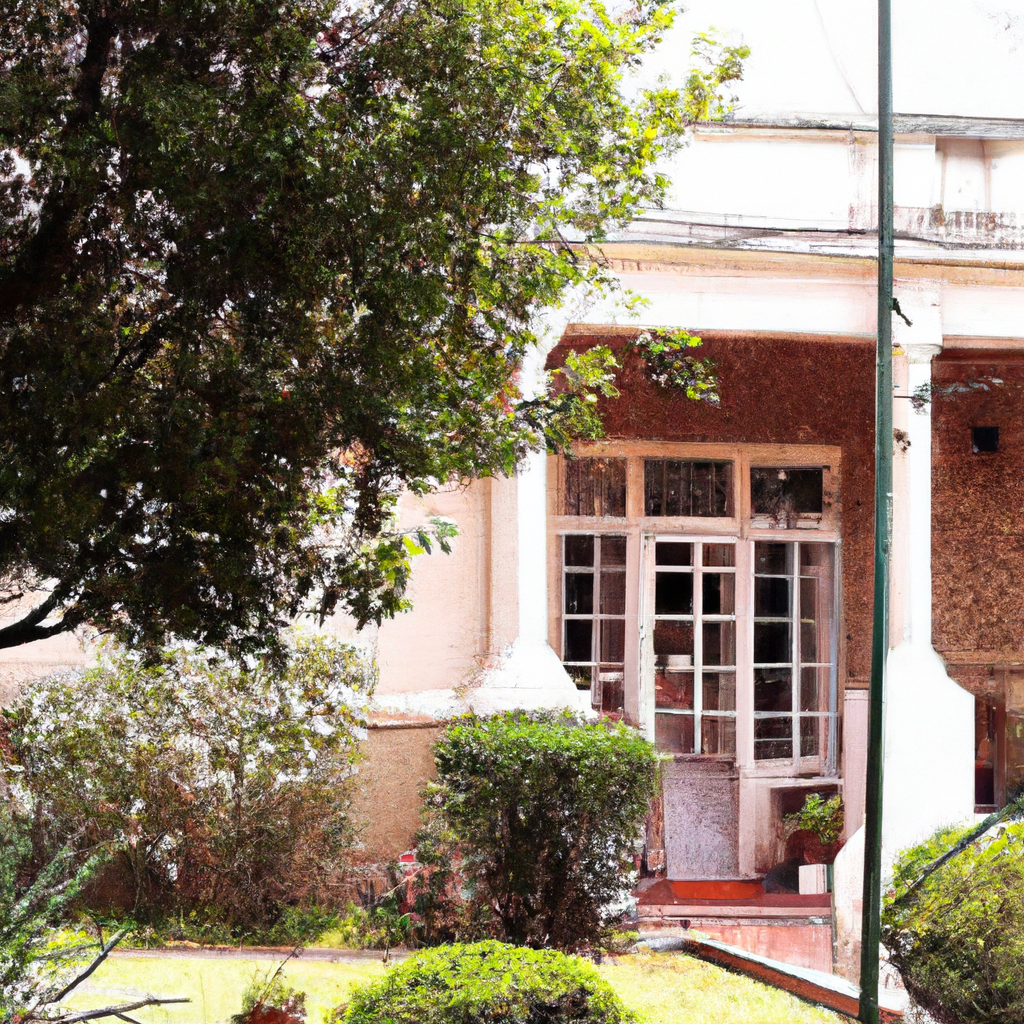
Smuts House Museum
Significance and Historical Background of Smuts House
Smuts House Museum holds great significance as the former residence of General Jan Smuts, a prominent figure in South African history. Smuts was a renowned statesman, military leader, and philosopher who played a pivotal role in shaping the country’s destiny.
The house, built in 1909, served as a sanctuary for Smuts and his family during times of political upheaval and provided him with the solitude necessary for contemplation and writing.
Architectural Description of Smuts House
Smuts House, also known as Doornkloof, is a beautiful example of Cape Dutch architecture. The house features a thatched roof, whitewashed walls, and elegant Cape Dutch gables. Inside, visitors can admire the period-specific furnishings, original artwork, and personal belongings of the Smuts family.
The architectural style is a reflection of Smuts’ love for simplicity and his connection to the land. The house blends seamlessly with the natural surroundings, creating a tranquil and harmonious atmosphere that embodies the spirit of Smuts himself.
Present-Day Functions and Importance
Today, Smuts House Museum stands as a living tribute to the life and legacy of General Jan Smuts. The museum provides visitors with a glimpse into the personal life of this remarkable man, showcasing his multifaceted persona and the impact he had on South African history.
Visitors can explore the beautifully maintained gardens, stroll through the house, and immerse themselves in the history that surrounds them. Educational programs, exhibitions, and events are also hosted at the museum, ensuring that the legacy of General Jan Smuts continues to inspire and educate present and future generations.
Exploring Pretoria’s Historical Homes Today
Impact on Tourism
Pretoria’s historical homes play a significant role in attracting tourists from around the world. These homes provide a unique opportunity to step back in time and experience the rich history and cultural heritage of the city.
Tourists can explore the various museums and historical sites, gaining insights into the lives of past residents and the events that shaped Pretoria. The preservation and accessibility of these homes have made them popular destinations for history enthusiasts, architecture lovers, and those seeking a deeper understanding of South Africa’s past.
Significance for Local Residents
Pretoria’s historical homes hold immense significance for local residents, forming an integral part of their cultural identity. The homes serve as a reminder of the city’s history and heritage, reinforcing a sense of pride and belonging among the community.
Local residents have the privilege of experiencing these historical homes on a regular basis, attending cultural events, exhibitions, and educational programs that take place within them. They serve as gathering places, fostering a sense of community and promoting cultural exchange.
Education and Cultural Awareness
Pretoria’s historical homes play a vital role in educating the public and raising awareness about the city’s history and cultural heritage. Schools, universities, and educational institutions often organize field trips and outings to these sites, allowing students to learn outside the classroom and engage with history firsthand.
The educational programs and guided tours offered at these homes provide valuable insights into Pretoria’s past, helping to foster a deeper appreciation for the city’s heritage. By promoting cultural awareness and historical understanding, these homes contribute to the preservation and transmission of cultural knowledge.
In conclusion, Pretoria’s historical homes are an integral part of the city’s heritage, offering visitors a comprehensive journey through time. From the elegant Victorian and Edwardian mansions to the charming Cape Dutch cottages, each home tells a unique story and reflects the cultural influences that have shaped Pretoria. The preservation and accessibility of these homes demonstrate the city’s commitment to protecting its historical legacy for future generations to explore, enjoy, and learn from. Whether you are a history enthusiast, an architecture lover, or simply seeking to immerse yourself in the rich heritage of South Africa, exploring Pretoria’s historical homes is an experience not to be missed. So, take a step back in time and embark on a journey through Pretoria’s captivating history today.
